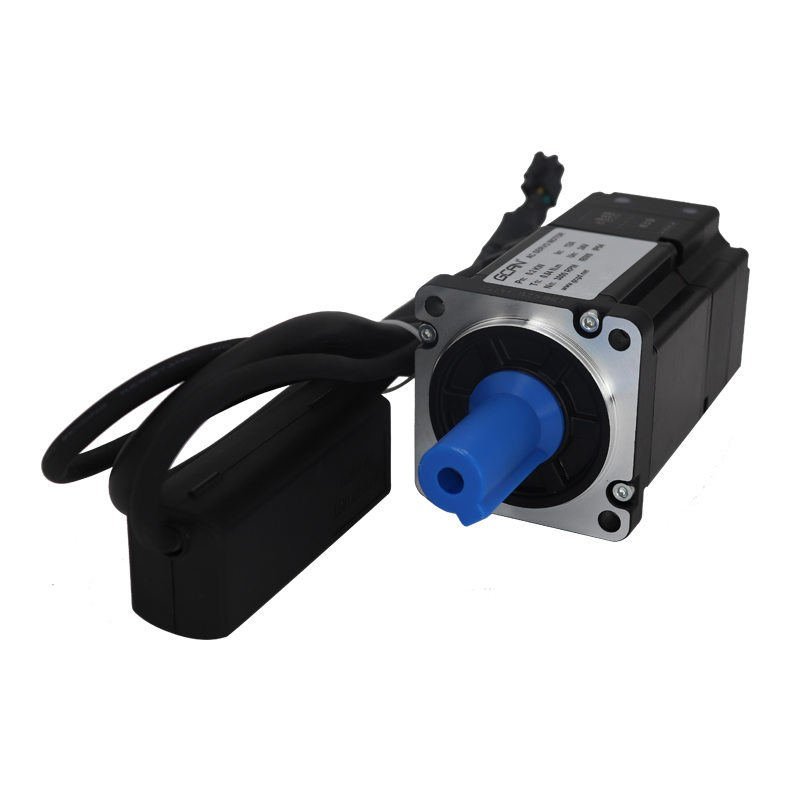Servo motor is a big concept. If any motion motor is equipped with an encoder structure and can realize motion feedback correction, we can call it a servo motor. Generally speaking, the larger the volume of the servo system, the larger its power and the higher the power supply voltage. What’s wrong with high voltage? Of course it is more dangerous.
As a result, low-voltage servo motors came into being. Let’s talk about its advantages and disadvantages.
The first is the advantage.
As mentioned above, the volume and weight of the low-voltage servo are relatively small, and the structure is compact, and it can be integrated into the space where the high-voltage servo cannot be integrated. Secondly, the power supply voltage of the low-voltage servo is only 24V or 48V, which basically does not cause harm to the human body. The low-voltage servo has low power, less energy consumption and more convenient maintenance.
Then let’s talk about the disadvantages.
Since the power of the miniature low-voltage servo is small and the corresponding torque is relatively small, some projects cannot be used. If the motor adopts an integrated drive, there may also be problems such as heat dissipation.
Therefore, whether to choose a micro servo motor or not depends on your project needs. The types of motion motors used in our company’s servo systems include permanent magnet synchronous AC motors and stepper motors. If you need equipment manuals or have purchase intentions, you can visit our Ali International Station for more information.

Looking for a Programmable Logic Controller for your servo motor? Click to learn more!
